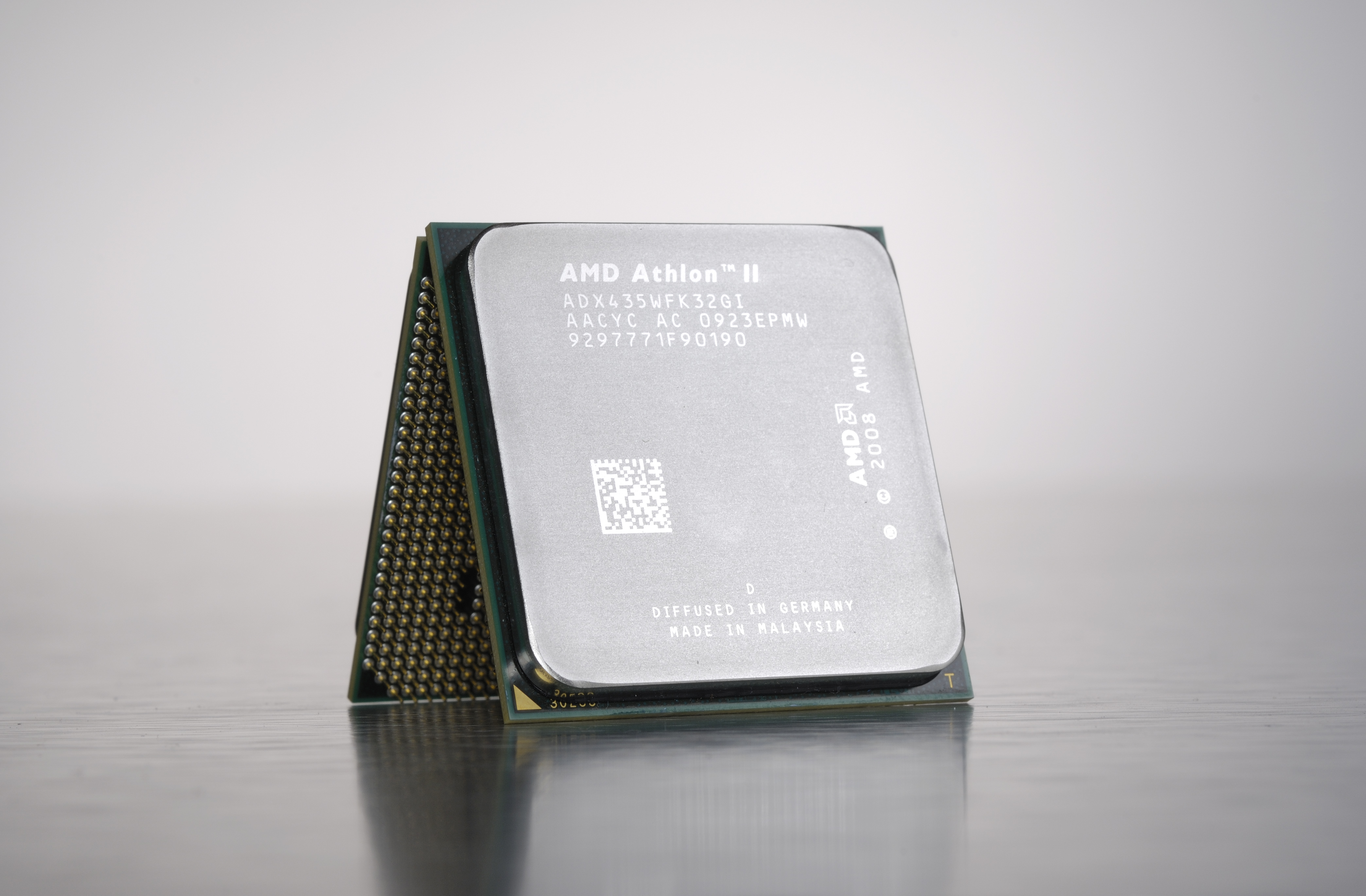TechRadar Verdict
AMD's budget tripler looks good on paper but fails to deliver in the real world.
Pros
- +
Attractive balance of cores and clocks
- +
Overclocks reasonably well
Cons
- -
Not enough performance for the money
- -
Core unlocking is a lottery
Why you can trust TechRadar
When AMD first rolled out a triple-core chip, it smelt like a desperate move by a company struggling to stay relevant in the face of Intel running rampant. What, therefore, should you make of the latest cut-price tripler, the AMD Athlon II X3 435?
In practice, it doesn't really matter what AMD's motivations are. All that counts is whether the Athlon II X3 435 delivers competitive performance at this price point. It's certainly up against some pretty stiff in-house competition from the likes of the quad-core AMD Athlon II X4 620. OK, the triple-core 435 runs 300MHz faster at 2.9GHz. But can that really make up for a missing core?
The Athlon II X3 435 must also do battle with the dual-core AMD Phenom II X2 550 and triple-core AMD Phenom II X3 720. Both are based on AMD's ritzier Deneb processor die but only cost a little more. As for Intel chips, it will be interesting to see if the Athlon II X3 makes for a realistic cut price alternative to some of Intel's latest dual-core, quad-thread processors such as the Core i5 661.
1. Dreamhost [see more details]
The superb choices for any kind of web hosting services (59)
On paper, the Athlon II X3 435 seems to be stuck in specification limbo. With three cores and a frequency of 2.9GHz it's neither high-clocking screamer nor a massively multi-core monster. Its only hope is to be an effective Jack of all computing trades.
On the multi-threaded front, the quad-core AMD Athlon II X4 620 gives it a pretty good schooling despite costing less. Put simply, you'll get your video encoding and content creation sessions finished faster with the cheaper quad-core chip. That said, the triple-core 435 looks like conspicuously good value next to Intel's overpriced duals, such as the Intel Core i5 661. The 661 is over twice the price but only a few frames per second faster in our video encoding benchmark.
As for gaming, the Athlon II X3 435 is marginally quicker than its quad-core AMD sibling. But the difference is small enough to be academic: 37 frames per second compared to 35 in World of Conflict. It's a similar story in our overclocking tests. By hitting 3.7GHz, the 435 does have an edge over the 620. But it's vanishingly small.
However, the 720 has a potentially game-changing trump card. Because it's based on the quad-core Propus processor, it's possible to unlock the fourth and final core. Shazam! You've got a higher clocking quad-core chip, gratis.
That's the theory, anyway. In practice, the hidden cores are often disabled because they don't actually work. So it is with our test Athlon II X3 720. With the hidden core enabled, it falls over each and every during the Windows boot cycle. Bummer.
We liked:
At this price point, you can't afford to be picky. But with the Athlon II X3 720, you don't have to be. You get both an extra core compared to similarly priced dualies and a reasonable stock clockspeed. If you're lucky, you might just be able to unlock the hidden fourth core, too.
We disliked:
In terms of absolute bang for buck, the 720's triple-core configuration is slightly off target. AMD's cheaper Athlon II X4 620 does multi-threading better and the dual-core Phenom II X2 550 is a better gaming chip. The fact that the fourth core in our sample is a dud also serves as a useful warning. Core unlocking doesn't always work.
Verdict:
AMD's budget tripler looks good on paper but fails to deliver in the real world.
Follow TechRadar Reviews on Twitter: http://twitter.com/techradarreview
The TechRadar hive mind. The Megazord. The Voltron. When our powers combine, we become 'TECHRADAR TEAM'. You'll usually see this author name when the entire team has collaborated on a project or an article, whether that's a run-down ranking of our favorite Marvel films, or a round-up of all the coolest things we've collectively seen at annual tech shows like CES and MWC. We are one.

